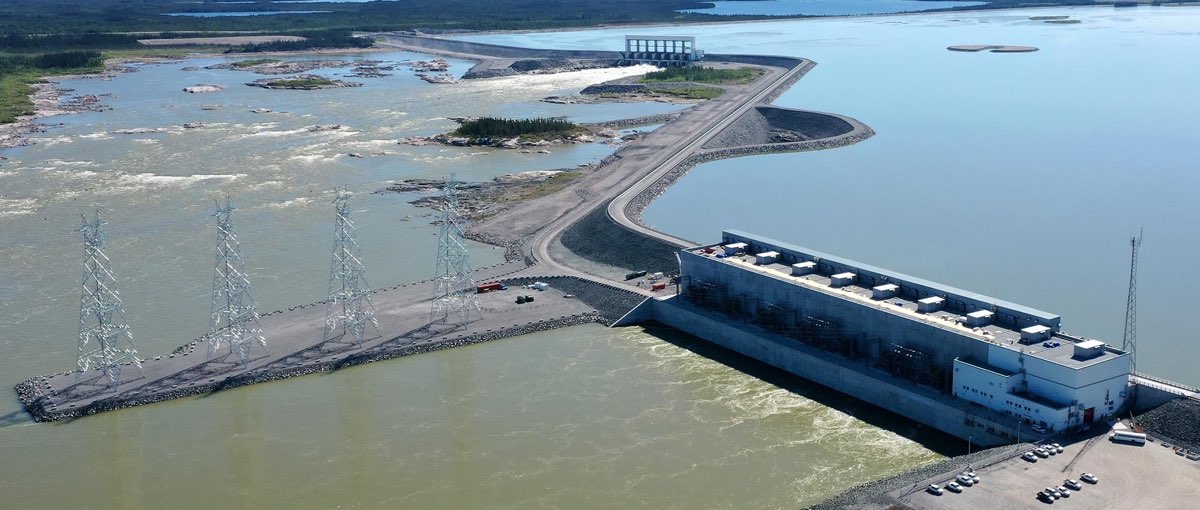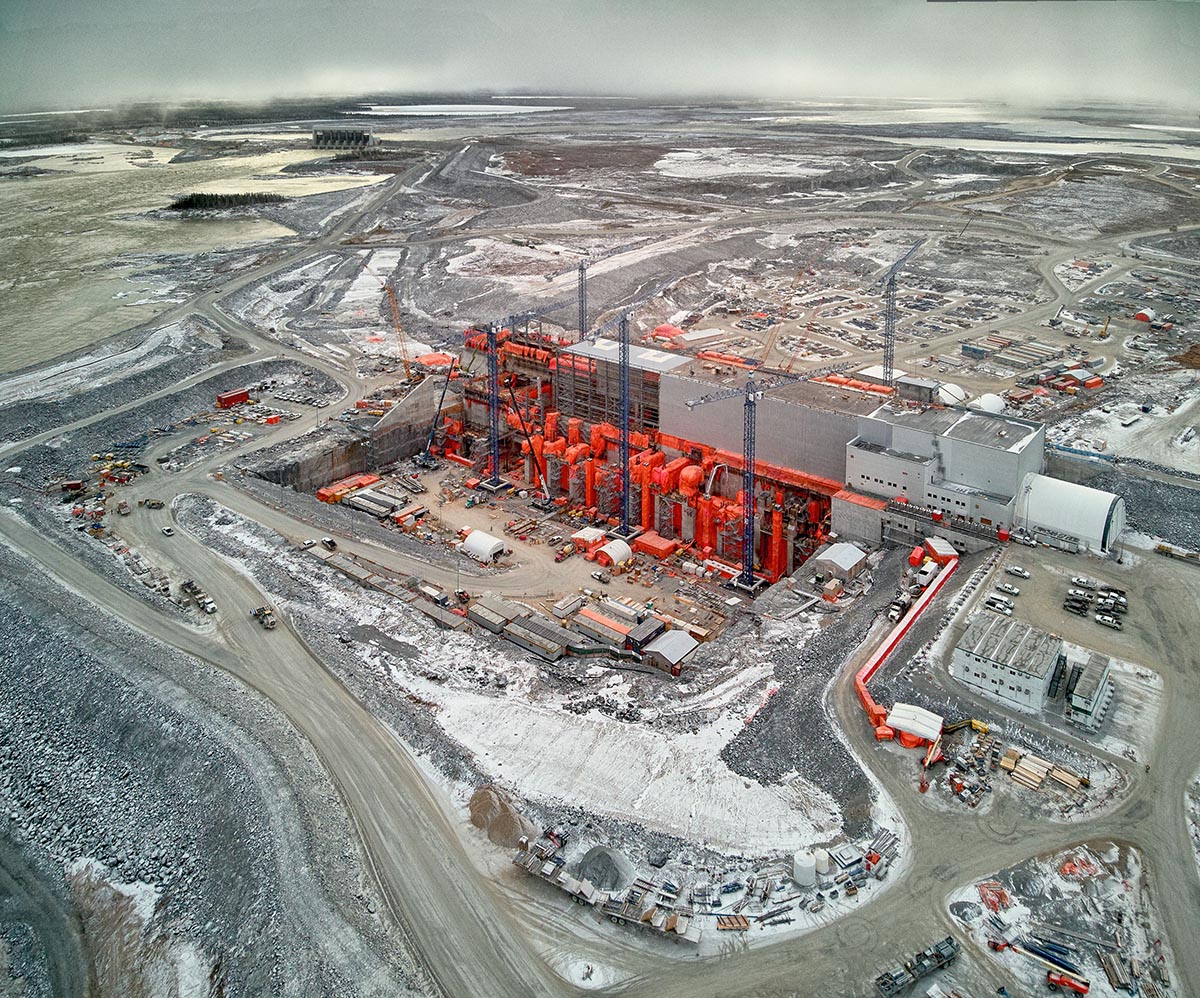Seasonal diversity capacity exchange: the northern advantage
For most utility customers outside our borders, doing business with Manitoba Hydro can involve one critical advantage: the seasonal diversity capacity exchange.
Where most U.S. utilities see peak load in summer, winter is when we see our highest demand. Everything has to work a little harder when it’s minus 40, whether those degrees are Celsius or Fahrenheit.
For reference, Manitoba Hydro’s summer record peak load is 3,343 MW. The utility’s winter peak load, though, is 4,924 MW (set just this year). Our generation capacity is 5,690 MW, which will increase to 6,385 MW after the scheduled completion of the Keeyask Generating Station in 2021.
Utilities in warmer climes typically experience highest demand during summer when air conditioners, refrigerators and other cooling devices are working overtime. While Manitoba does experience warm summers, they’re short – and as a result, each year our peak load occurs in the winter. As chilly customers crank up their thermostats, plug in their cars’ engine block heaters, and try to stay warm, their energy usage increases exponentially.
Another part of this is that our generation capacity doesn’t change much from summer to winter. During summer, Manitoba Hydro has dispatchable, renewable, reliable hydropower to provide to utilities in MISO and other interconnected networks.
All this is to say: when our customers are planning how they’ll keep people supplied with electricity in high demand periods, they’re free to look north.

